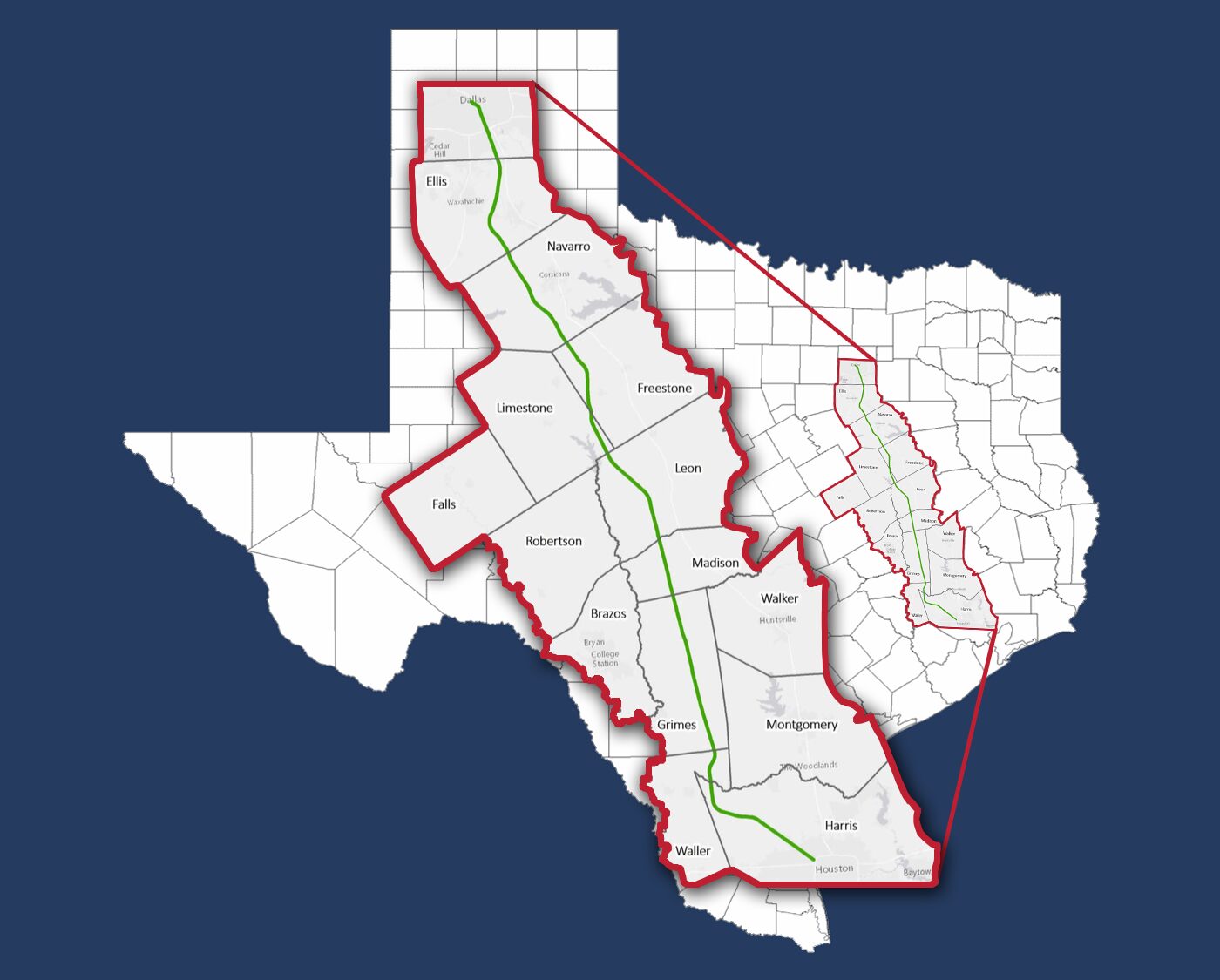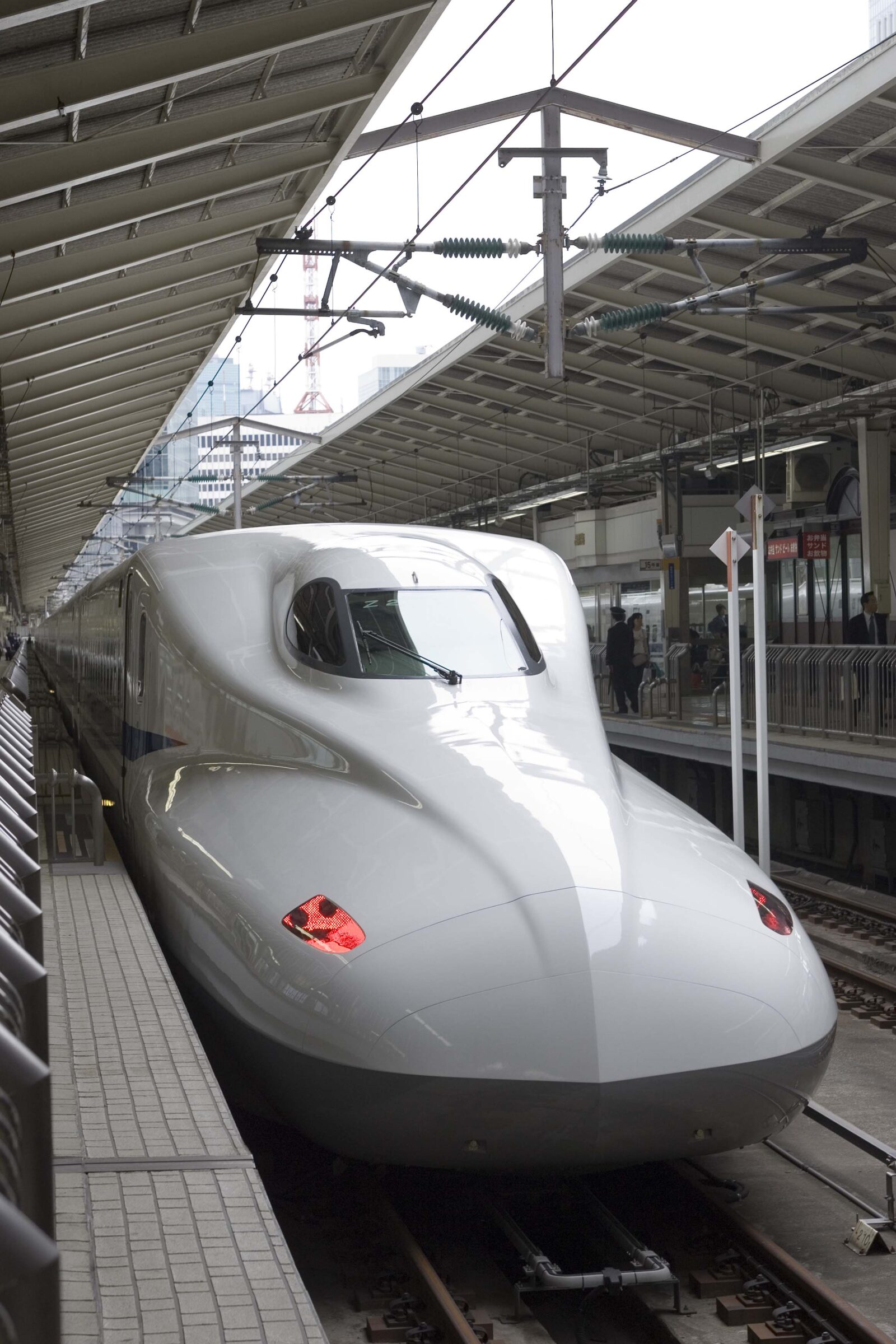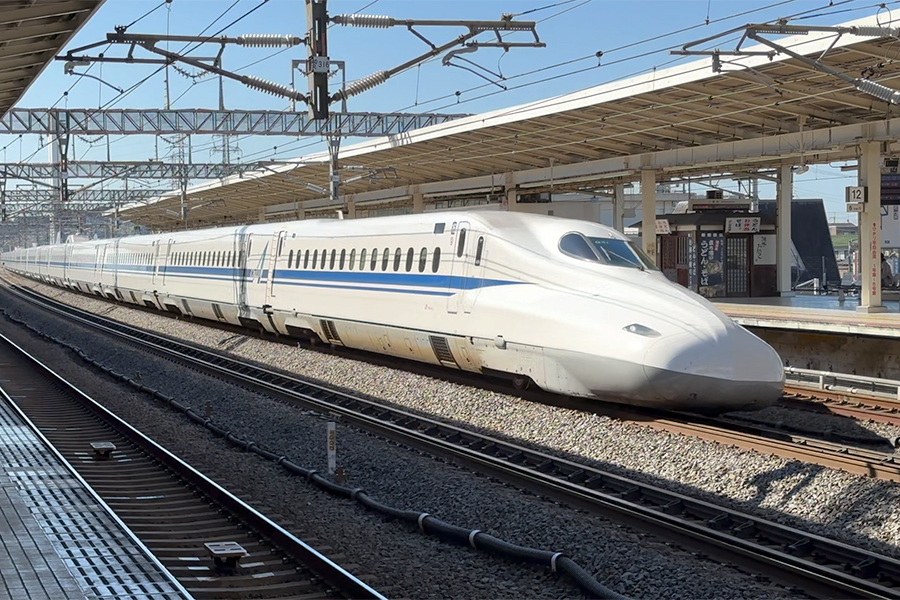Texas Central Almost Ready to Go
The Dallas-Houston high-speed line is a key building block in the reinvention of the U.S. transportation system.
As one of the first true high-speed lines in North America, it will not only create the backbone for a high-speed rail network across Texas. It will supercharge the construction of high-speed rail projects across the U.S.
Dallas to Houston in 90 minutes
The 240-mile line will feature an adapted version of trains used on the Tokaido Shinkansen line in Japan, which has had zero passenger fatalities or injuries since it began operation in 1964.
The electrified trains will run at maximum speeds of 205 m.p.h., and the trip will take 90 minutes. That’s 2 hours less than driving and about an hour less than flying (including airport terminal time). The trains will run 18 hours per day, with departures every half hour during peak periods.
The line, being built by Texas Central and running through the heart of the state, is expected to attract about 6 million riders annually by 2029.

No stress, low carbon emissions, and a superior travel experience
I-45, which connects Dallas and Houston, is the second deadliest road in the U.S.
By offering riders a safe and stress-free 90-minute trip, the Texas Central line will reduce traffic on I-45 by about 15,000 vehicles each day.
That will sharply reduce not only travel times but carbon emissions, since rail is the most efficient form of long-distance transportation. It’s roughly a third more energy efficient than driving, overall, and electrified trains (like those used by Texas Central) are dramatically more energy efficient than diesel trains or airplanes.
And the trainsets will be the widest passenger trains in the world, so passengers will enjoy pleasant spaces to work, eat, move around, and relax—instead of sitting in traffic or being squeezed into a plane seat.
The national impact of a Lone Star line
The Texas Central line will be a stand-alone system based on the Japanese model. That means that the trains will always operate on dedicated high-speed lines.
By contrast, European high-speed trains—which are the basis for U.S. safety regulations—also run on conventional tracks shared with freight trains. This is the model used by California in its high-speed rail project.
The flexibility to switch between high-speed and conventional tracks makes it possible for the trains to serve cities well beyond the high-speed line. For safety reasons, though, they’re heavier than Japanese trains.
With a stand-alone system and dedicated high-speed tracks, Texas Central’s trains can be lighter than current U.S. regulations allow. That’s important because light trains have lower operating and maintenance costs. They also accelerate and decelerate quickly, which helps shorten travel times.
Texas Central’s trains will set the stage for new FRA standards that permit the broad adoption of light trains and stand-alone systems in the U.S.
And that will incentivize more investment in high-speed lines across the U.S. That’s because the stellar safety record and overall performance of light trains will make high-speed rail attractive to private capital markets.

Status
Texas Central is close to the starting line.
In addition to using Japanese trainsets, the project involves two international partners. An Italian civil-engineering contractor, Salini Impregilo, will do the design work. The firm that operates Spain’s high-speed trains, RENFE, will be the system operator.
Texas Central has received its environmental clearance and the approval of a new set of safety standards—called a Rule of Particular Applicability—from the Federal Railroad Administration. Now, it needs to gain approval from the Surface Transportation Board to begin construction.
Then it’s off to the races–and the start of a new era in U.S. transportation.

